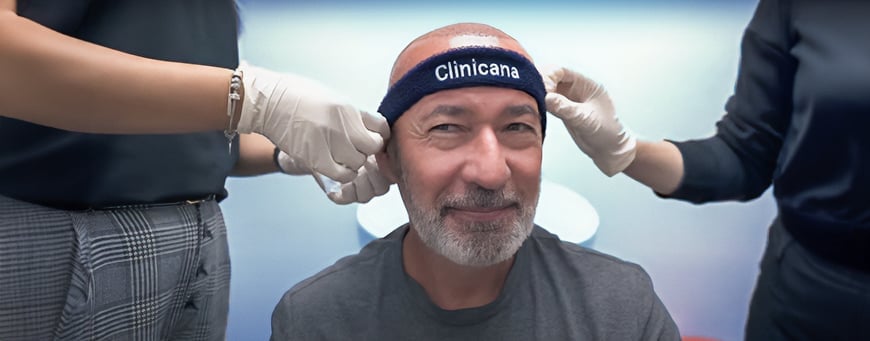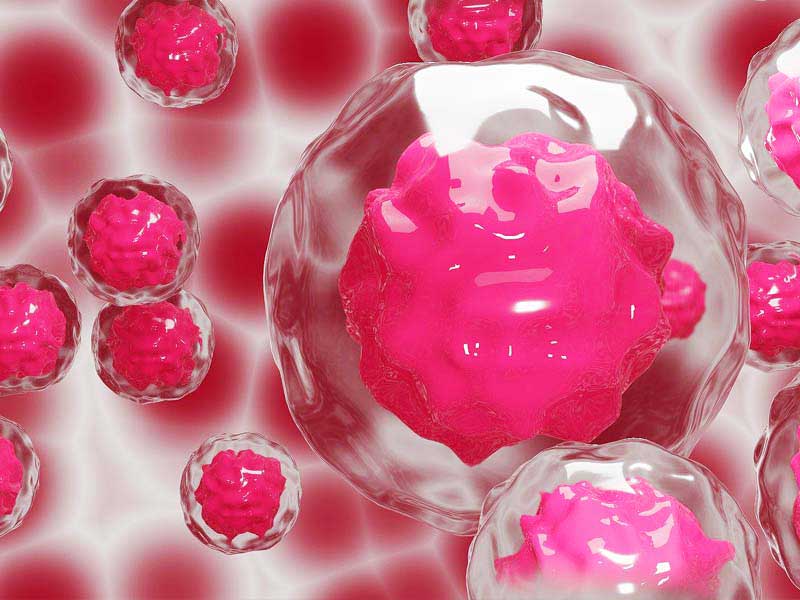Stem cell research for hair growth: a cure for alopecia is near
The latest stem cell research for hair growth has put very close the idea of being able to reproduce our hair in a laboratory and then reimplant it in our own head. Many patients who contact our clinic asking about the cost of a hair transplant, ask us if there is such a treatment, which today seems almost science-fiction.
The possibility of creating hair for a hair transplant by reproducing it in a lab – a process in which so-called stem cells are the key – would be very useful for those people with very advanced alopecia who do not have enough donor hair, and therefore currently they are not suitable for a hair transplant. How much close are we to such a technique? When will it be available? What are the benefits of using stem cells for hair loss? Let´s talk about it.
What are stem cells?
First of all, it is important to clarify what stem cells are, and what is the importance and function of these cells. A stem cell is a type of cell that has the potential to transform itself into any type of cell in the body; that is: theoretically, a stem cell taken from any part of our body could in turn generate any type of cell, either from an organ, muscles, skin, bones, cartilage, nails, hair, etc.
The enormous potential that stem cells represent to cure numerous diseases or even to regenerate organs and tissues, has led to do a lot of research with them for more than two decades. There is no doubt that any advance in this field could bring great benefits to medicine.
In the field of hair treatments, there have also been interesting advances in recent years related to stem cells, although scientists are still taking their first steps: many treatments are still experimental, and it could take many years before they are available to be used with human patients.
The main research path in this field is related to use stem cells for hair regeneration, either from the follicles existing in our scalp, or through laboratory reproduction of our own hair using cloning techniques, and then implanting it in our scalp through a hair transplant.
Latest discoveries on stem cell research for hair loss
Although the idea of cloning our hair in a laboratory to produce thousands of hairs may sound like a fantasy, in July 2019 researchers from the Sanford Burnham Prebys research institute in California (USA) published a study claiming that they had managed to create new human hair from follicles that had been generated with a new technique that uses induced pluripotent stem cells.
These cells are a type of stem cell with pluripotent characteristics – that is, they can transform themselves into any of the more than 200 known types of cells in human body – but that have been produced artificially, using genetic engineering techniques to generate this type of stem cells from already mature cells that were not originally stem cells. This technique was discovered in 2006, and a lot of work has been done with it ever since.
Researchers from the aforementioned institute in California grafted the new follicles generated with that new technique into a mouse skin, using a structure to guide the growth of the new hair: they got the hair to grow correctly, it did not fall out, and later regenerated naturally.
Such was the success of this experiment that the technique was patented, and the institute continues to work on its possible applications in people. However, and although it is an important advance, it must be emphasised that, for now, this technology has only been used experimentally and in mice: there are still several years ahead for it to be viable in humans, so it is not currently a technique that can be applied in hair treatments.
Is artificial hair a solution?
Another option that has been considered in recent years to solve baldness problems in patients with insufficient hair in donor areas, is the use of synthetic artificial hair. This technique consists of implanting synthetic hair – as similar to natural hair as possible – directly on scalp, so that unlike a wig, there is no risk of falling out.
However, this technique has several contraindications and, except in some specific cases, dermatologists and experts in trichology do not recommend hair transplants using artificial hair since this method has not sufficiently being tested, and there is a high probability of body rejection. Besides, this hair appearance will never be 100% natural.
Are we close to a cure for baldness thanks to stem cell research?
So, will we see a cure for baldness in the near future? Although during the last years there have been many advances in techniques combining hair cloning with stem cells to artificially generate hair and graft it into humans, this is a technology that is just beginning, and it will take several years to be ready. There are experts who claim that this treatment could be a reality at the beginning of the next decade, but we may have to wait several more years for it to be available to the public… and at an affordable price.
Maybe we will have to wait several years for the availability of this cloning – stem cell hair transplant technique; however, very important advances are already available in hair treatments with stem cells, due to their great capacity to heal and regenerate tissues, including follicles. Medicines for topical use containing this type of cells are also being developed, because they can slow down hair loss and stimulate its growth.
For now, and while there are no new advances in stem cell research for hair growth, the only solution for people suffering from alopecia is to resort to a hair transplant using the FUE technique, a method that offers excellent results. Clinicana is the best hair transplant clinic in Turkey: request your free consultation now, and ask us for a free, no obligation estimate for your treatment. Do not waste time to save your hair!

A hair transplant procedure can be a transformative experience. But to ensure your newly implanted follicles thrive, proper aftercare is very essential. This article equips you with key hair transplant recovery tips or post-operative instructions to minimize discomfort, optimize healing, and pave the way for a successful hair transplant journey for you. Hair transplant recovery […]

Dreaming of a full head of hair? Hair transplants are gaining traction, particularly in Turkey as clinics there are characterized by budget-friendly options and skilled surgeons. But, with so many clinics, the way of choosing the right one can be overwhelming. This article will help you find one of those top 10 hair transplant clinics […]

Finding the best hair transplant clinic in Istanbul is a crucial decision. In this article, we will look at some important factors to help you make an informed decision to ensure a successful surgery. How to choose the best hair transplant clinic in Istanbul? Istanbul has emerged as a sought – after destination for hair […]









